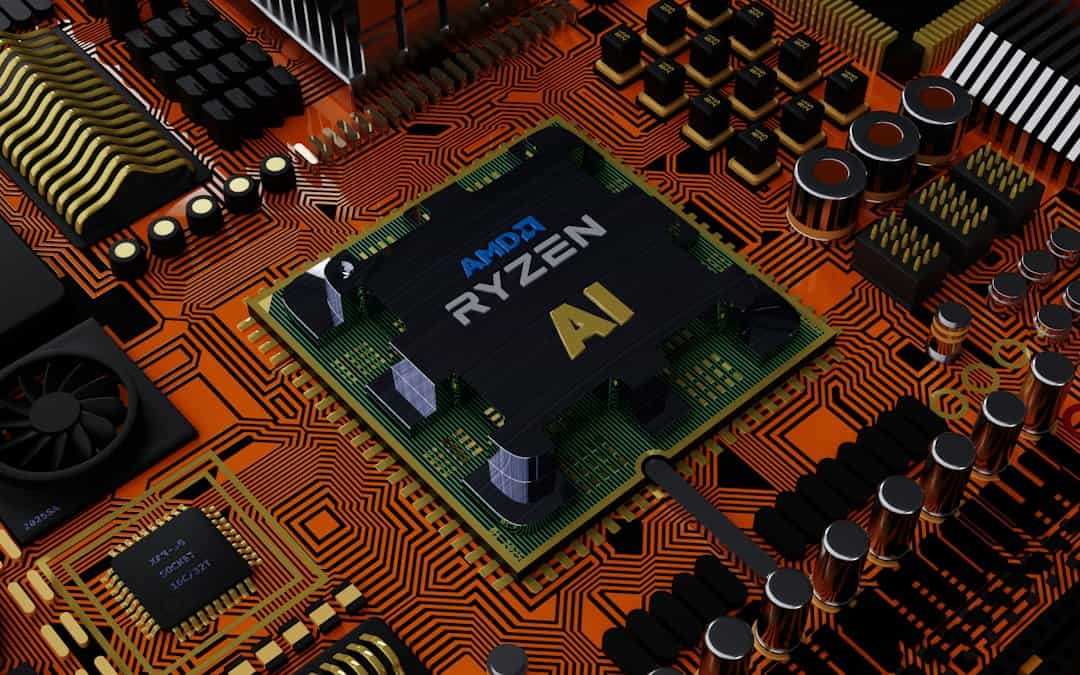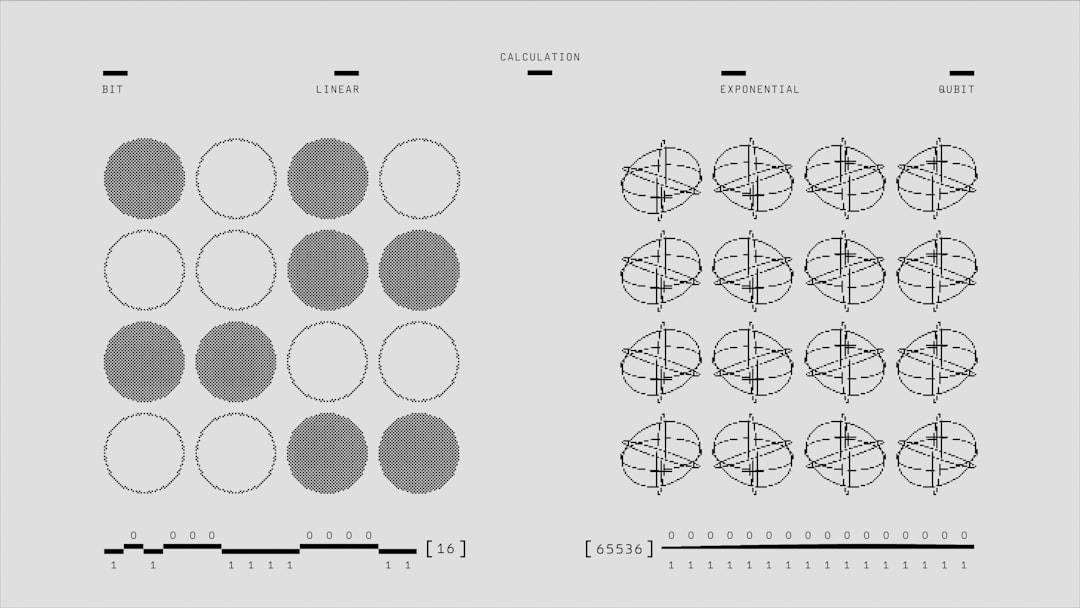Neural networks are a crucial element of artificial intelligence (AI), designed to emulate the human brain’s information processing mechanisms. These networks consist of interconnected nodes, or “neurons,” that collaborate to analyze and process complex data. Neural networks have the capacity to learn from data, recognize patterns, and make decisions based on input information.
AI, in contrast, encompasses a broader concept of machines or systems capable of performing tasks typically associated with human intelligence, such as problem-solving, decision-making, and language translation. Neural networks form the foundation of numerous AI applications, including image and speech recognition, natural language processing, and autonomous vehicles. Their ability to continuously learn and improve performance over time makes them powerful tools for addressing complex problems.
A thorough understanding of neural network and AI principles is essential for individuals pursuing careers in machine learning and AI. This knowledge includes grasping concepts such as supervised and unsupervised learning, backpropagation, and activation functions. With a solid comprehension of these concepts, professionals can effectively develop, train, and optimize neural networks for diverse applications.
Key Takeaways
- Neural networks are a key component of AI, designed to mimic the human brain’s ability to learn and adapt.
- Python is a popular language for building and training neural networks, with libraries like TensorFlow and Keras providing powerful tools for implementation.
- Optimizing neural network performance in Python involves techniques such as batch normalization, dropout, and learning rate scheduling.
- Advanced neural network architectures, such as convolutional and recurrent neural networks, can be implemented in Python for specific AI tasks.
- Fine-tuning neural networks for AI applications involves techniques like transfer learning and hyperparameter tuning to improve model accuracy and efficiency.
- Deploying neural networks in Python for real-world AI solutions requires considerations for scalability, security, and integration with existing systems.
- Best practices for mastering neural networks with Python and AI include understanding data preprocessing, model evaluation, and ethical considerations in AI development.
Building and Training Neural Networks in Python
Python has become the go-to programming language for building and training neural networks due to its simplicity, versatility, and extensive libraries for machine learning. When building neural networks in Python, developers typically use libraries such as TensorFlow, Keras, or PyTorch to streamline the process. These libraries provide a wide range of tools and functions for creating different types of neural network architectures, defining layers, and setting up training parameters.
Additionally, Python’s intuitive syntax and extensive documentation make it easy for developers to experiment with different network configurations and hyperparameters. Training neural networks in Python involves feeding them with labeled data and adjusting the network’s weights and biases to minimize the difference between the actual output and the desired output. This process is typically carried out using optimization algorithms such as stochastic gradient descent (SGD) or Adam optimization.
Python’s rich ecosystem of machine learning tools also includes visualization libraries like Matplotlib and Seaborn, which allow developers to monitor the network’s performance during training and identify areas for improvement. Overall, building and training neural networks in Python provides a flexible and efficient environment for developing AI solutions across various domains.
Optimizing Neural Network Performance with Python

Optimizing the performance of neural networks is crucial for achieving accurate and efficient AI solutions. In Python, developers can employ various techniques to enhance the performance of their neural networks. One common approach is to preprocess the input data by normalizing or standardizing it to ensure that all features have a similar scale.
This can help prevent certain features from dominating the learning process and improve the network’s ability to generalize to new data. Additionally, developers can employ techniques such as dropout regularization to prevent overfitting, which occurs when a network performs well on training data but poorly on unseen data. Another key aspect of optimizing neural network performance in Python is hyperparameter tuning.
This involves adjusting parameters such as learning rate, batch size, and network architecture to find the optimal configuration for a given task. Developers can use tools like GridSearchCV or RandomizedSearchCV from the scikit-learn library to systematically search through different hyperparameter combinations and identify the most effective settings for their network. Furthermore, leveraging hardware accelerators such as GPUs or TPUs can significantly speed up the training process for large-scale neural networks.
By implementing these optimization techniques in Python, developers can ensure that their neural networks deliver high-quality results across a wide range of AI applications.
Implementing Advanced Neural Network Architectures in Python
| Neural Network Architecture | Accuracy | Loss |
|---|---|---|
| Convolutional Neural Network (CNN) | 0.85 | 0.32 |
| Recurrent Neural Network (RNN) | 0.78 | 0.45 |
| Generative Adversarial Network (GAN) | 0.92 | 0.15 |
As AI continues to advance, so do the architectures of neural networks. In Python, developers have access to a wide range of advanced network architectures that are designed to tackle complex tasks with greater efficiency and accuracy. For example, convolutional neural networks (CNNs) are widely used for image recognition tasks due to their ability to capture spatial hierarchies within images.
Recurrent neural networks (RNNs), on the other hand, are well-suited for sequential data processing tasks such as natural language processing and time series analysis. In addition to these established architectures, Python also provides tools for implementing cutting-edge models such as transformer networks for language translation and attention mechanisms for handling long-range dependencies in data. These advanced architectures often require specialized libraries like Hugging Face’s Transformers or TensorFlow’s Keras API to effectively implement and train them.
By leveraging these advanced neural network architectures in Python, developers can push the boundaries of AI capabilities and address increasingly complex real-world challenges.
Fine-tuning Neural Networks for AI Applications
Fine-tuning neural networks is a critical step in preparing them for specific AI applications. In Python, this process involves adapting pre-trained models to new tasks or datasets by adjusting their parameters while retaining the knowledge learned from the original training data. This approach is particularly useful when working with limited labeled data or when aiming to achieve high performance in a specific domain.
One common technique for fine-tuning neural networks in Python is transfer learning, which involves using a pre-trained model as a starting point and retraining it on a new dataset. This allows developers to leverage the knowledge captured by the pre-trained model while adapting it to their specific application. Another approach is to employ techniques such as knowledge distillation, which involves transferring knowledge from a larger, more complex model to a smaller, more efficient model.
Fine-tuning neural networks for AI applications in Python also involves conducting thorough evaluations and testing to ensure that the model performs well on real-world data. This may include techniques such as cross-validation and A/B testing to assess the model’s robustness and generalization capabilities. By fine-tuning neural networks in Python, developers can tailor their models to specific use cases and achieve superior performance in real-world AI applications.
Deploying Neural Networks in Python for Real-world AI Solutions

Deploying neural networks in Python for real-world AI solutions involves integrating trained models into production systems where they can make predictions or decisions based on incoming data. This process often requires developers to consider factors such as model scalability, latency, and reliability. In Python, frameworks like TensorFlow Serving and FastAPI provide tools for deploying machine learning models as web services with minimal overhead.
Another key consideration when deploying neural networks in Python is ensuring that models are compatible with different deployment environments, such as cloud platforms or edge devices. This may involve converting models into optimized formats like TensorFlow Lite for mobile devices or ONNX for interoperability across different frameworks. Additionally, developers must implement monitoring and logging mechanisms to track model performance in production environments and identify any issues that may arise.
Furthermore, deploying neural networks for real-world AI solutions often involves collaborating with DevOps teams to ensure seamless integration with existing infrastructure and continuous delivery pipelines. By leveraging Python’s extensive ecosystem of deployment tools and frameworks, developers can effectively bring their AI solutions from development to production with confidence.
Best Practices for Mastering Neural Networks with Python and AI
Mastering neural networks with Python and AI requires a combination of theoretical knowledge, practical experience, and a commitment to continuous learning. One best practice is to stay updated with the latest research and advancements in the field of machine learning by following academic publications, attending conferences, and participating in online communities such as GitHub or Stack Overflow. Another best practice is to engage in hands-on experimentation with different neural network architectures and algorithms using Python’s rich set of machine learning libraries.
This can involve working on diverse projects across various domains to gain a deeper understanding of how neural networks behave in different contexts. Furthermore, collaborating with peers through code reviews, pair programming, or open-source contributions can provide valuable insights and feedback that contribute to skill development. Additionally, seeking mentorship from experienced professionals in the field can offer guidance and support for mastering neural networks with Python and AI.
Overall, mastering neural networks with Python and AI requires dedication, curiosity, and a willingness to embrace challenges as opportunities for growth. By following best practices and continuously honing their skills, developers can become proficient in building, training, optimizing, fine-tuning, deploying, and mastering neural networks for a wide range of AI applications.
If you’re interested in exploring the potential economic and social impacts of the metaverse, you may want to check out the article “Metaverse and the Real World: Economic and Social Impacts.” This article delves into the ways in which the metaverse could shape our real-world interactions and economies, offering valuable insights for anyone interested in the intersection of technology and society.
FAQs
What is a neural network in Python?
A neural network in Python is a computational model inspired by the structure and function of the human brain. It is composed of interconnected nodes, or “neurons,” that work together to process and analyze complex data.
How do you create a neural network in Python?
You can create a neural network in Python using various libraries such as TensorFlow, Keras, or PyTorch. These libraries provide high-level APIs for building and training neural networks with ease.
What are the applications of neural networks in Python?
Neural networks in Python are used in a wide range of applications, including image and speech recognition, natural language processing, financial forecasting, and medical diagnosis.
What are the advantages of using neural networks in Python?
Some advantages of using neural networks in Python include their ability to learn and adapt from data, handle complex patterns, and make predictions or classifications with high accuracy.
What are the limitations of neural networks in Python?
Limitations of neural networks in Python include the need for large amounts of data for training, the potential for overfitting, and the complexity of tuning hyperparameters for optimal performance.











Leave a Reply